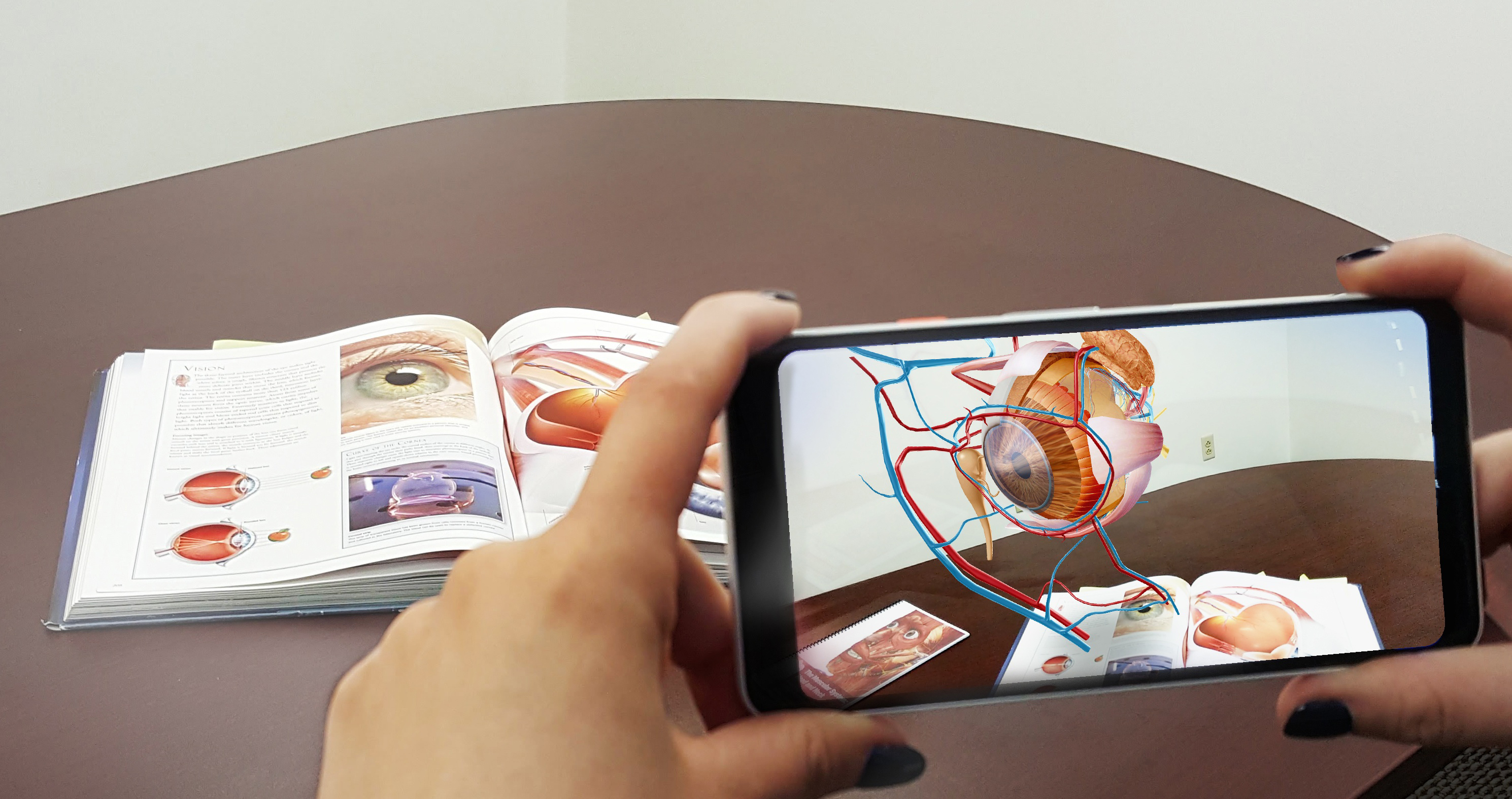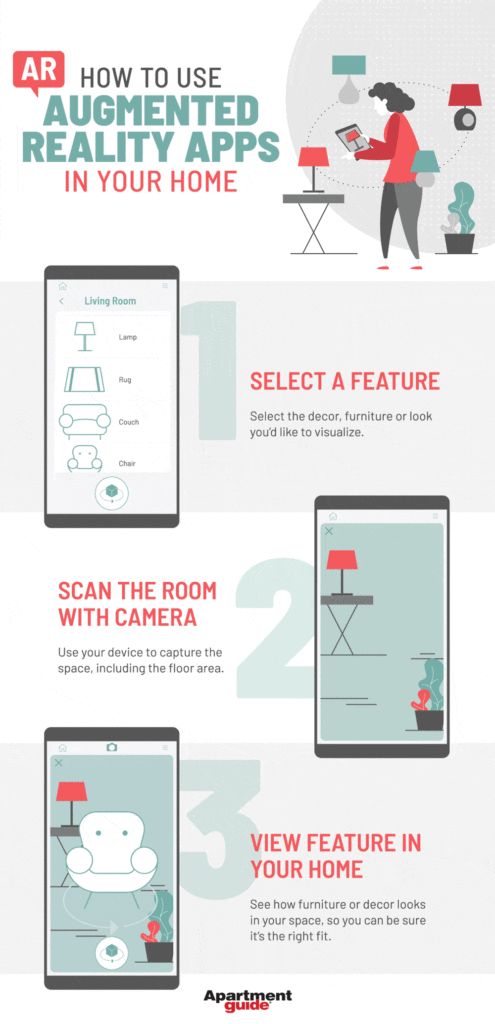As technology continues to advance, various industries are taking advantage of the benefits it brings. One field that has seen significant development in the past few years is education. Schools and universities are now incorporating various technological tools to enhance the learning experience of their students. One of the most exciting innovations that have gained traction in recent years in the education sector is augmented reality.
Augmented reality (AR) is a technology that overlays digital content onto the physical world, creating an interactive and immersive experience. In education, AR technology is used to enhance the learning process by providing students with a more engaging and interactive experience. This technology has the potential to revolutionize the way students learn and interact with course material, making it not only more enjoyable but also more effective. In this article, we will explore how augmented reality is used in education and how it is changing the way students learn.

How is Augmented Reality used in Education?
Augmented Reality (AR) has revolutionised the way we interact with technology and has the potential to transform education. It is an emerging technology with a wide range of applications in education and can be used to enhance learning experiences. AR can be used to create immersive, interactive learning experiences that can engage students and help them to understand complex concepts. This article will outline how AR is being used in education, and why it is such an effective teaching tool.
Interactive Learning Experiences
Augmented Reality has the potential to create interactive, immersive learning experiences that engage students and help them to understand complex concepts. AR can be used to create interactive simulations that allow students to explore virtual environments and interact with objects. For example, a virtual chemistry lab can be created, where students can explore chemical reactions in a safe and controlled environment. AR can also be used to enhance classroom lessons, with interactive 3D models that can be manipulated by students.
AR can also be used to create educational games which can be used to teach students certain concepts. For example, an AR game can be used to teach students about geography and history. AR can also be used to create virtual field trips, where students can explore places they would not normally be able to visit or have access to.
Enhanced Instructional Materials
AR can also be used to enhance instructional materials. For example, textbooks can be augmented with interactive 3D images, diagrams and videos, which can help students to better understand the material. AR can also be used to create interactive maps, which can help students to better understand the physical geography of a region.
AR can also be used to create interactive videos and tutorials, which can help students to better understand concepts. For example, a virtual tour of a historical site can be created, which can help students to understand the history of the location. AR can also be used to create interactive quizzes and tests, which can help students to assess their understanding of the material.
Virtual Reality
Virtual Reality (VR) can also be used as a teaching tool in education. VR can be used to create immersive, interactive experiences which can help students to understand complex concepts. For example, a virtual chemistry lab can be created, where students can explore chemical reactions in a safe and controlled environment. VR can also be used to create interactive simulations, where students can explore virtual environments and interact with objects.
VR can also be used to create educational games which can be used to teach students certain concepts. For example, a VR game can be used to teach students about history and geography. VR can also be used to create virtual field trips, where students can explore places they would not normally be able to visit or have access to.
Data Visualisation
AR can be used to create interactive data visualisations which can help students to better understand complex data. For example, an interactive 3D map can be created, which can be used to visualise the physical geography of a region. AR can also be used to create interactive graphs and charts, which can be used to visualise complex data sets. AR can also be used to create interactive simulations, which can be used to visualise complex concepts.
Data visualisation can also be used to create educational games, which can be used to teach students certain concepts. For example, an AR game can be used to teach students about biology and chemistry. Data visualisation can also be used to create interactive tutorials, which can help students to better understand concepts.
Collaborative Learning
AR can also be used to facilitate collaborative learning. For example, AR can be used to create shared virtual environments, where students can work together to explore and interact with objects. AR can also be used to create virtual whiteboards, which can be used to facilitate collaborative learning. AR can also be used to create interactive simulations, which can be used to facilitate the sharing of ideas and concepts.
AR can also be used to create collaborative educational games, which can be used to teach students certain concepts. For example, an AR game can be used to teach students about geography and history. AR can also be used to create virtual field trips, which can be used to facilitate collaborative learning.
Assessment
AR can also be used to create interactive assessments, which can help teachers to assess students’ understanding of the material. For example, AR can be used to create interactive quizzes and tests, which can help teachers to assess students’ understanding of the material. AR can also be used to create interactive simulations, which can be used to assess students’ understanding of complex concepts.
AR can also be used to create interactive tutorials, which can help teachers to assess students’ understanding of the material. For example, a virtual tour of a historical site can be created, which can help teachers to assess students’ understanding of the material. AR can also be used to create interactive games, which can be used to assess students’ understanding of certain concepts.
Frequently Asked Questions
Augmented Reality (AR) is becoming increasingly popular in the field of education and is being used to enhance the learning experience for students. AR technology allows for the integration of virtual elements into the real world and can be used to create interactive, engaging learning experiences.
What is Augmented Reality?
Augmented Reality (AR) is a technology that allows for the integration of virtual elements into the real world. It allows for the creation of interactive, immersive experiences that can be used to enhance the learning experience for students. AR technology utilizes computer-generated images and sound to create a virtual environment that is overlaid on the real world. This technology can be used to create engaging educational experiences that make learning more interactive and fun.
How is Augmented Reality Used in Education?
AR technology is being used to create educational experiences that are more engaging and immersive than traditional methods of learning. AR can be used to create virtual environments that allow students to explore and interact with the material they are learning. AR can also be used to create interactive simulations where students can practice and apply the concepts they are learning in a virtual setting. AR technology can also be used to create interactive games and activities that make learning fun and engaging.
What are the Benefits of Using Augmented Reality in Education?
Using AR technology in the classroom allows for more engaging and interactive learning experiences. AR technology can be used to create immersive environments where students can explore and interact with the material they are learning. AR technology can also be used to create interactive simulations and activities that can help students to better understand the concepts they are learning. Using AR technology can also help to make learning more fun and engaging, which can help to keep students motivated and interested in the material they are learning.
What are the Challenges of Using Augmented Reality in Education?
One of the main challenges of using AR in the classroom is the cost of the technology and the complexity of the implementation. AR technology can be expensive and can require specialized hardware and software that can be difficult to set up and maintain. Additionally, AR technology can require specialized training and support in order to be used effectively. This can be a challenge for educators who may not have the resources or expertise to use the technology effectively.
What is the Future of Augmented Reality in Education?
The future of AR in education looks very promising as the technology continues to evolve and become more accessible. As AR technology becomes more affordable and easier to use, it is likely that it will become increasingly integrated into educational settings. AR technology can be used to create interactive, immersive learning experiences that can help to make learning more engaging and enjoyable. Additionally, AR technology can be used to create interactive simulations and activities that can help students to better understand the material they are learning. As AR technology continues to develop, it is likely that it will become increasingly integrated into educational settings, making learning more engaging and effective.
In conclusion, augmented reality has revolutionized the way education is delivered and received. With its ability to create immersive and interactive learning experiences, it has become an indispensable tool for educators and learners alike. From bringing historical events to life to improving the understanding of complex scientific concepts, augmented reality provides endless possibilities for enhancing the learning process.
As technology continues to advance, it is likely that augmented reality will become even more integrated into the education system. The potential for personalized learning and the ability to create unique educational experiences tailored to each individual learner is exciting. Augmented reality has the power to transform traditional classroom learning and make education more engaging, interactive, and effective. It is clear that augmented reality is not just a trend, but a valuable asset to the future of education.


